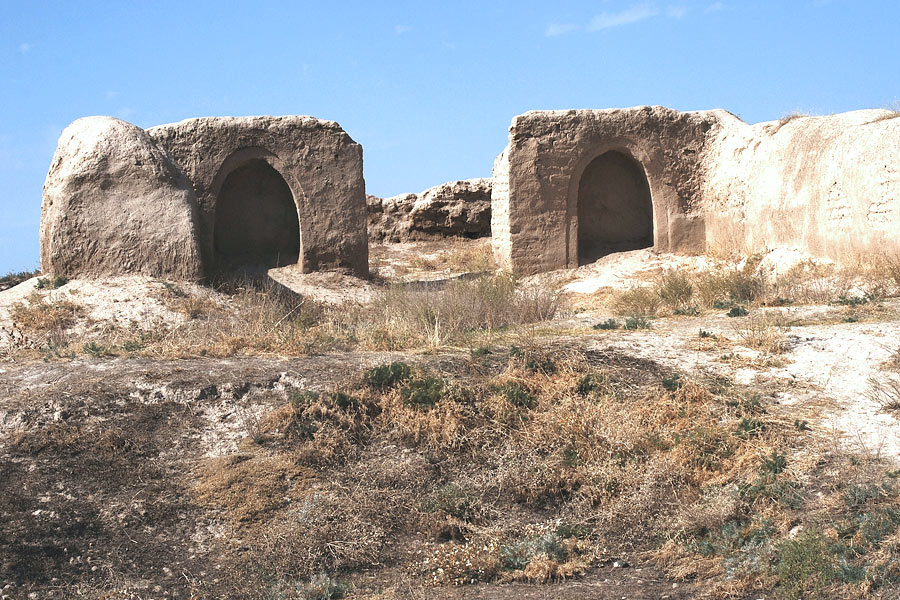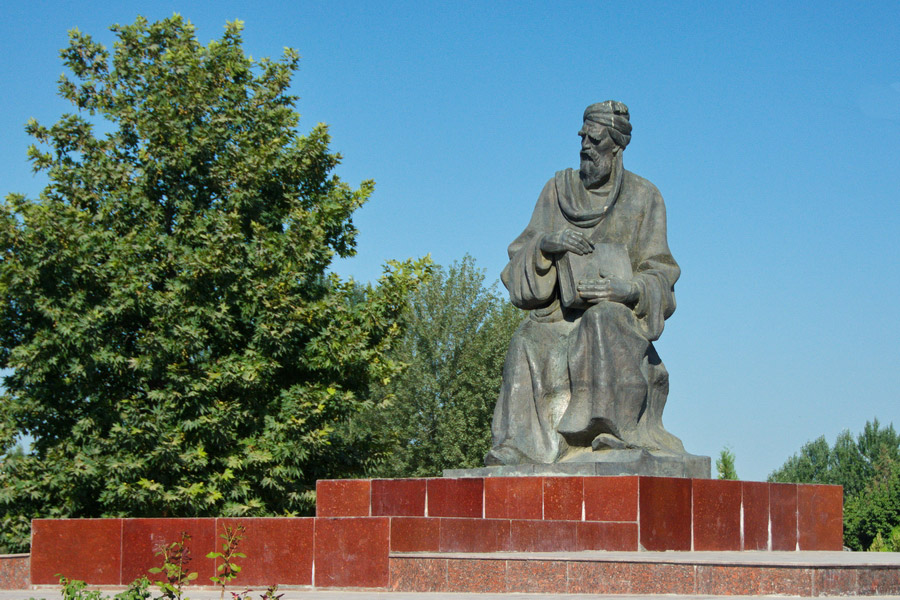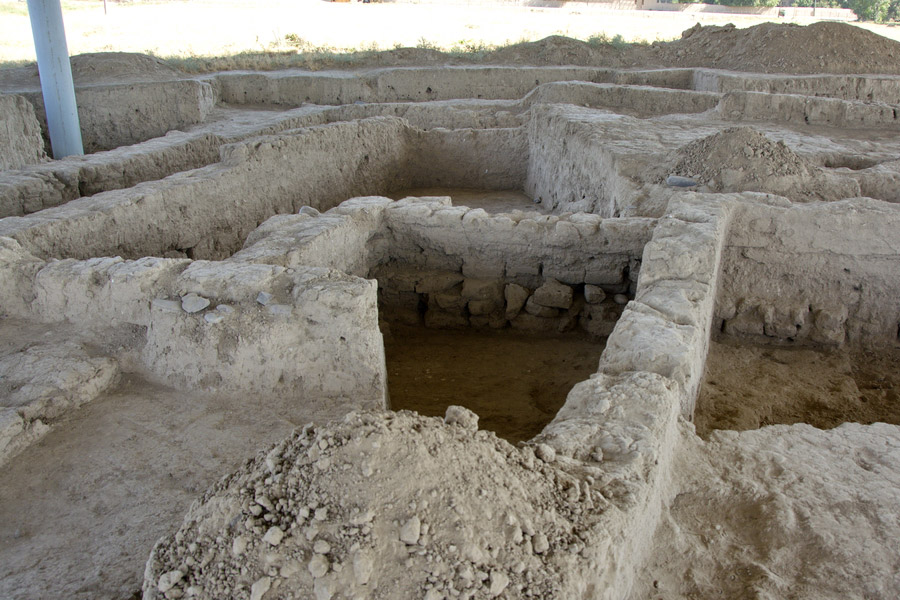Top 10 Things to Do in Tajikistan

Tajikistan once attracted travelers along the Silk Road with its lively bazaars and native philosophers, poets and scientists who called the region home. Today, tourists are rediscovering this land brimming with mountains and lakes and enlivened by rich flavors and psychedelic colors.
Come discover Tajikistan’s rich Zoroastrian and Islamic history, the famed Pamir Mountains whose roads practically reach to the clouds and pure alpine lakes where the worries of modern-day life all but vanish. While hardly exhaustive, this list of Top 10 Things to Do in Tajikistan is a great way to begin exploring some of the country’s many highlights.
1. Climb to the Roof of the World in the Pamirs

Take a trip along the Pamir Highway (M41 Highway), which if it isn’t the highest road in the world, is certainly one of the most impressive. Though the route has been used for millennia, the road itself was constructed by the Russian military at the end of the 19th century. The highest points cross Khaburabad Pass (3,720 meters) and Ak-Baytal Pass (4,655 meters) before passing through Murghab, the highest village in the former Soviet Union (3,612 meters). On a Pamir Highway trip you will rise above the clouds and descend into deep gorges as you enjoy some of the most stunning alpine views in the world.
2. Try your hand at bargaining in Khujand

For over 2,500 years, this city along the Syr-Darya River has served as a merchant, a craftsman and a warrior. The armies of Alexander the Great, Genghis Khan and the Russian tsar came and went, but Khujand remained a steady center for development, trade and culture.Today this northern capital of Tajikistan is the country’s second-largest city which offers a fantastic window into regional history. Head to the Historical Museum of Sughd Region to walk through the thousands of years of transformation that Khujand has witnessed. Bargaining at a bazaar is still one of the most cultural things to do in Tajikistan, and there is no better place to practice than at Panjshanbe Bazaar, one of the largest outdoor markets in the Fergana Valley.
3. Walk the ancient streets of Istaravshan

This unassuming little city likely originated with Cyrus, a Persian king from the 6th century BC. Istaravshan flourished during the Samanid Dynasty before being destroyed by the Mongols and being rebuilt by the Timurids. Be sure to visit the popular city-museum where you can buy intricately decorated hand carved knives, finely embroidered fabrics, exquisite ceramics and traditional shoes. Be sure to take some extra time to explore the historical mosques, madrasahs, mausoleums and minarets which point to Istaravshan’s Islamic heritage.
4. Visit Ajina-Tepe Buddhist Temple
For centuries, Ajina-Tepe was nothing more than a regular mound to locals, who named it Ajina-Tepe (Hill of Evil Forces), because it was so bumpy and uneven. Little was known about its history until archaeologists began excavations in 1961 and found an extensive Buddhist monastery dated to the 7th-8th centuries AD. The complex includes a temple and living quarters for monks, with paintings and other decor covering many of its surfaces. Yet the most impressive find was a 12-meter-long statue of Buddha in Nirvana. Although only the section from Buddha’s waist to the soles of his feet was found, experts were able to recreate the statue in its entirety, and today the Buddha is resting his head on a cushion at the National Museum of Tajikistan. Ajina-Tepe itself remains open to visitors who wish to visit the original monastery.
5. Take the plunge at Lake Iskanderkul

Tajikistan lays claim to some 1,450 alpine lakes. Among the most well-known are Lake Karakul (3,960 meters), contained in what appears to be an ancient meteor crater, and Sarez Lake, created in 1911 after an avalanche in the Pamir Mountains blocked the Murghab River and created a dam, destroying the villages of Usoy and Sarez in the process. But among the most beautiful lakes is Iskanderkul, located in the Fann Mountains of western Tajikistan. Named after Alexander the Great, the striking blue waters of Iskanderkul are accentuated by the surrounding mountains and forests which are home to rabbits, foxes, wolves, bears, mountain goats and even snow leopards. Flowing out of Iskanderkul is Iskanderdarya, which creates a 38-meter-high waterfall known as the Niagara of the Fann Mountains.
6. Experience modern Tajikistan in Dushanbe

In the early 1900s, Dushanbe was a small village which derived its name from its popular Monday bazaar (“Dushanbe” means “Monday” in Tajik). In 1929, the town was declared the capital of the newly-formed Tajik Soviet Socialist Republic. It proceeded to grow rapidly as Tajikistan became a center for cotton and silk production in the USSR. The capital has been built up since Tajikistan became independent, and there are now many historical and cultural things to do in Dushanbe. Visit the National Museum of Antiquities of Tajikistan (home to the statue of Buddha in Nirvana), gaze up at one of the world’s tallest flagpoles, or simply stroll through the city’s wide boulevards and pleasant parks. When you’re ready for a rest, be sure to stop at a chaykhana (tea house) to sample some local dishes.
7. Time travel in Penjikent

As Penjikent started to develop in the 5th century due to its lucrative position along the Silk Road, it began attracting skilled craftsmen. Originally a group of small towns (Penjikent means “Five Towns”), it quickly amassed wealth, as evidenced by the opulent paintings seen among its ruins. With the invasion of the Arabs in the 8th century, the town was abandoned as residents fled to a nearby refuge. Yet the ruins of Old Penjikent which have survived to our day have been the focus of much research, including that of one archaeologist who worked here for 50 years. Modern Penjikent is bustling with life, and in its bazaar the echoes of merchants from past centuries can still be heard.
8. Stand where the Caspian tiger once reigned
On the border between Tajikistan and Afghanistan is Tigrovaya Balka Nature Reserve, a unique park filled with endangered habitats and species. The reserve covers 460 square kilometers of tugay, a wetland forest which is watered not by rain but by periodic flooding. The area was long home to the famous Caspian tiger until the animal’s existence was threatened by hunting and agriculture. The last tiger tracks were found in the park in 1953, the same year that the Tigrovaya Balka Nature Reserve was founded. Today the park is home to Bactrian deer, which used to be the tiger’s main prey, plus many endangered birds. With the tugay shrinking due to the continuing expansion of agriculture and the erection of dams on nearby rivers, the Tigrovaya Balka sanctuary plays a more important role than ever.
9. Pay tribute to Rudaki, Adam of poets

Rudaki was born in 858 AD in a small village near Penjikent. He rose to become the first master of the modern Persian language, leaving his lyrical and stylistic stamp on all of the poetry that succeeded him. Rudaki was close with the Samind ruler Nasr II and spent much of his life with the king in Bukhara. He eventually fell out of favor and died a pauper in his hometown in 941. Only a small fraction of his 130,000 couplets have survived to the present, with some of the most beloved being “Mother of Wine” and “Ode to Old Age”, the refinement and lyricism of both having defined Persian poetry for centuries. Rudaki’s mausoleum was built in 1958, at which time the poet’s face was reconstructed from skeletal remains with the help of Mikhail Gerasimov, a famous archaeologist and sculptor. Today, Rudaki is celebrated as a cultural figure in Tajikistan and Iran. Known as the “Adam of poets”, his poetry remains well-respected throughout the entire Persian-speaking world.
10. Set eyes on the riches of ancient Sarazm

A list of top 10 things to do in Tajikistan would not be complete without mentioning one of the oldest settlements in Central Asia, the 5000-year-old town of Sarazm. The technology seen in its mills and mines is nothing short of impressive for that era, while the wide variety of artifacts unearthed here indicate that its ancient inhabitants were already adept merchants who traded not only with nearby farmers and nomadic herdsmen but with most of the Asian continent. Sarazm is now a UNESCO World Heritage Site which serves to reveal how globalized the world was in ancient times while highlighting the position of Tajikistan as a historic center of civilization.

